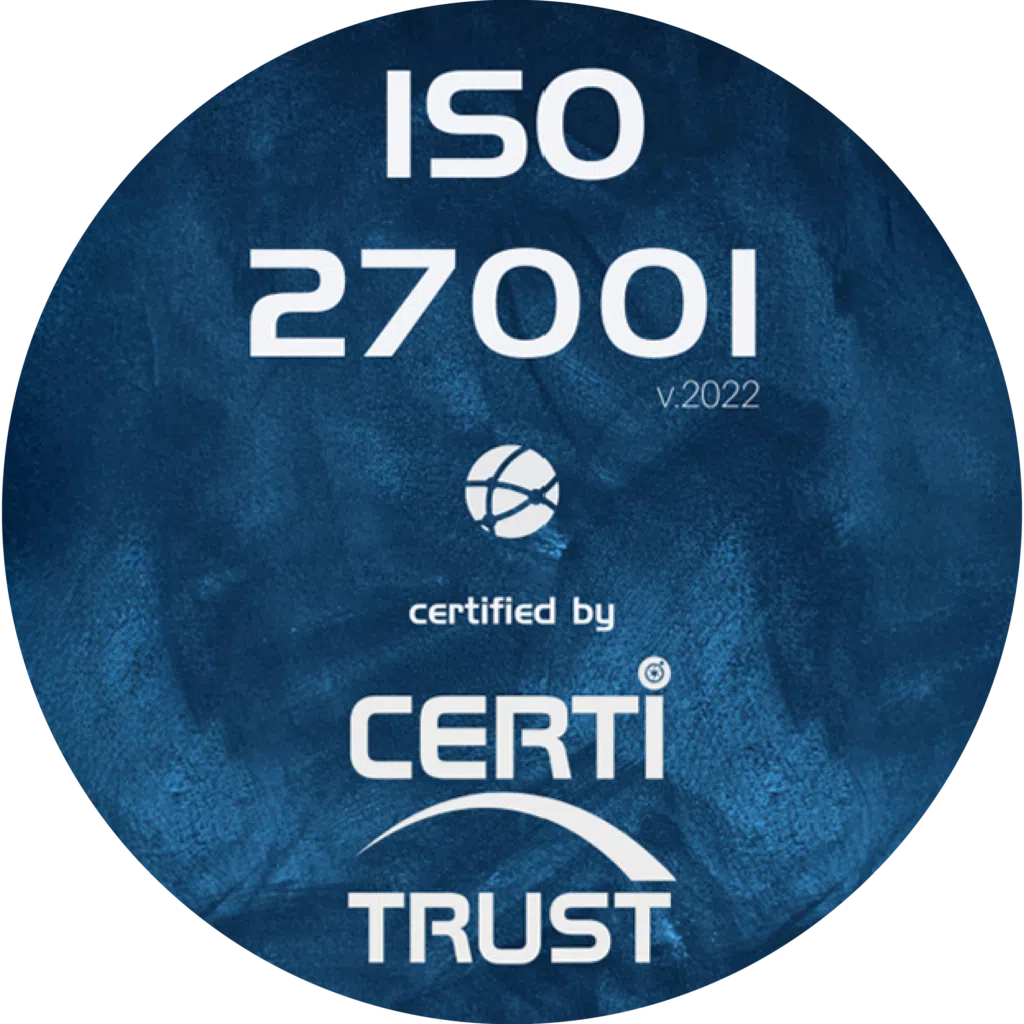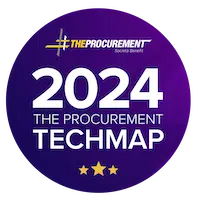Suppliers play a significant role in purchasing management and in the operation of companies in general. It is therefore important to consolidate the relationship between these two partners. However, despite its importance, managing supplier invoices can be a time-consuming and arduous task. The question is how to simplify it and get the most out of it. To do this, it is essential to put in place a perfect organisation for processing supplier invoices, and to digitalise operations to ensure optimum performance.
Organising the supplier invoice management procedure for efficient results
Invoicing is one of the most time-consuming tasks in any business. Although it is indispensable, it is an intense and demanding task that requires a fair amount of time. Not doing it properly, or not doing it on time, could have disastrous consequences for the business. Late payments and lost business could, in the long run, have counter-productive effects, particularly on processing times. There are a number of stages involved in optimising the expected results.
Stages in supplier invoice processing
For any company, receiving an invoice requires registration, checking, approval, payment and archiving. The organisation within the company must be such that the roles of each employee are clearly defined in advance. Improvisation must be banned, otherwise invoices may go missing. As soon as an invoice is received, the necessary steps must be taken.
Registration is the second stage in processing supplier invoices. It is necessary because it enables the financial flow to be traced. Next comes the control operation, which enables the accounting documents to be checked before payment is validated. Once approved, supplier invoices must be paid strictly within the regulatory deadlines. Finally, the invoices must be archived so that they can be easily retrieved. The automated processing available on digital purchasing management tools facilitates this stage of the process and avoids the risks associated with poor management of supplier invoices.
The limits of manual supplier invoice processing
Supplier invoices come from a variety of sources and take a variety of forms. A distinction is made between secure supplier invoices in RGS or EDI mode and those received in RGS, PDF or the traditional way. It is not easy to enter these various types of invoice manually, especially when using Excel to manage supplier invoices. It opens the door to data entry errors, wasted energy and lengthy processing times. So it’s time to find a faster, more efficient way of managing your various invoices to ensure your business runs smoothly.
In the age of new technologies and with the Finance 2020 law, it is important to review this archaic management of paper invoices to facilitate supplier accounting in the first instance and to comply with the law on electronic invoicing in the second instance. This requires the use of a tool capable of automating supplier invoice management: SRM. By dematerialising supplier invoices, it is easier to avoid errors andachieve greater data security.
- Discover e-invoicing software tailored to your needs
SRM: a tool for turning supplier invoice management into a strategic priority
Supplier Relationship Management (SRM) is a tool that helps to automate invoicing by creating electronic invoices. The digital transformation brought about by the implementation of SRM will have a real impact on the company, enabling it to make its business more profitable by saving time and maintaining better relations with suppliers.
To simplify the relationship between supplier and company, SRM involves 6 main stages.
The first stage
This is the collaborative design stage. This is the basis of the entire system, and enables companies to identify and communicate their needs. To do this, they need to enter all the information about their raw material requirements on the platform. These same raw materials will be used to produce the finished products.
There are a number of questions and criteria to consider. What raw materials should be used? Where to obtain them? Will suppliers deliver the products on time? If not, what action should be taken? Since suppliers are taken into account, the advantage in this case is that they are in a position to intervene and therefore help you to improve the company’s performance.
The second stage
Once the company’s needs have been identified, the next step is to select the most appropriate potential suppliers. This selection should be based on the various questions asked in the first stage. The companies should then be sorted according to their production capacity, prices, product quality and delivery times. This study will enable 3 or 4 of the best suppliers to be selected, from which the right supplier will be chosen.
The third stage
This involves selecting the right supplier for the company. To do this, each of the shortlisted suppliers must send the company documents to help it make its choice. These documents include product price proposals, requests for quotations and other documents. It is only on the basis of these documents that the company will select the most suitable supplier.
The fourth stage
This is the negotiation stage. The company and the supplier selected in the third stage consolidate their new relationship by signing a contract. After reading and approving the various clauses, the two parties sign the contract.
The fifth stage
The next stage after negotiation is procurement. At this stage, the supplier and the company agree on the delivery process. Other aspects, such as delivery logistics, payment methods and timescales, and the terms and conditions for fulfilling the order are discussed.
The sixth stage
This is the final stage of the SRM. It involves the company’s evaluation of the supplier. Once the terms and conditions of delivery have been agreed, the supplier delivers the raw materials to the company. The company must then evaluate the supplier’s performance according to a number of criteria: product quality, delivery speed, value for money, using supplier monitoring.


Why opt for an SRM for supplier invoice management?
In order to function properly, companies need competent suppliers who offer quality products within the allotted time. The choice of supplier is therefore only made after a number of analyses and criteria have been taken into account. This allows the supplier and the company to get to know each other and gain an idea of each other’s expectations. The tool offers advantages in terms of the customer-supplier relationship, which have an impact on the management of supplier invoices.
SRM can be a real advantage for a company, helping it to :
- Improve company-supplier relations: having ample knowledge of each other’s operations and needs enables suppliers and companies to work together more effectively, to everyone’s satisfaction;
- Putting companies and suppliers on the same level of information: by bringing companies and suppliers closer together, SRM breaks down the barriers between them and facilitates the exchange of information. This helps to maintain good supplier management;
- Save time: by automating the invoicing process, companies save a considerable amount of time. This also applies to suppliers, who no longer waste time delivering orders that don’t necessarily meet company expectations;
- Save money;
- Optimise the procurement process.
It’s a system that enables companies to improve communication with their various suppliers. Reciprocally, suppliers, with a better idea of their customers’ expectations, will be able to adapt to their customers’ needs and will therefore be more efficient. For some suppliers, it will be necessary to convince them to opt for electronic invoicing, to facilitate the purchasing process. For others, they will become fully-fledged partners of the company.
Want to learn more about our Weproc procurement management software?
Contact us or request your 15-minute demo below!








